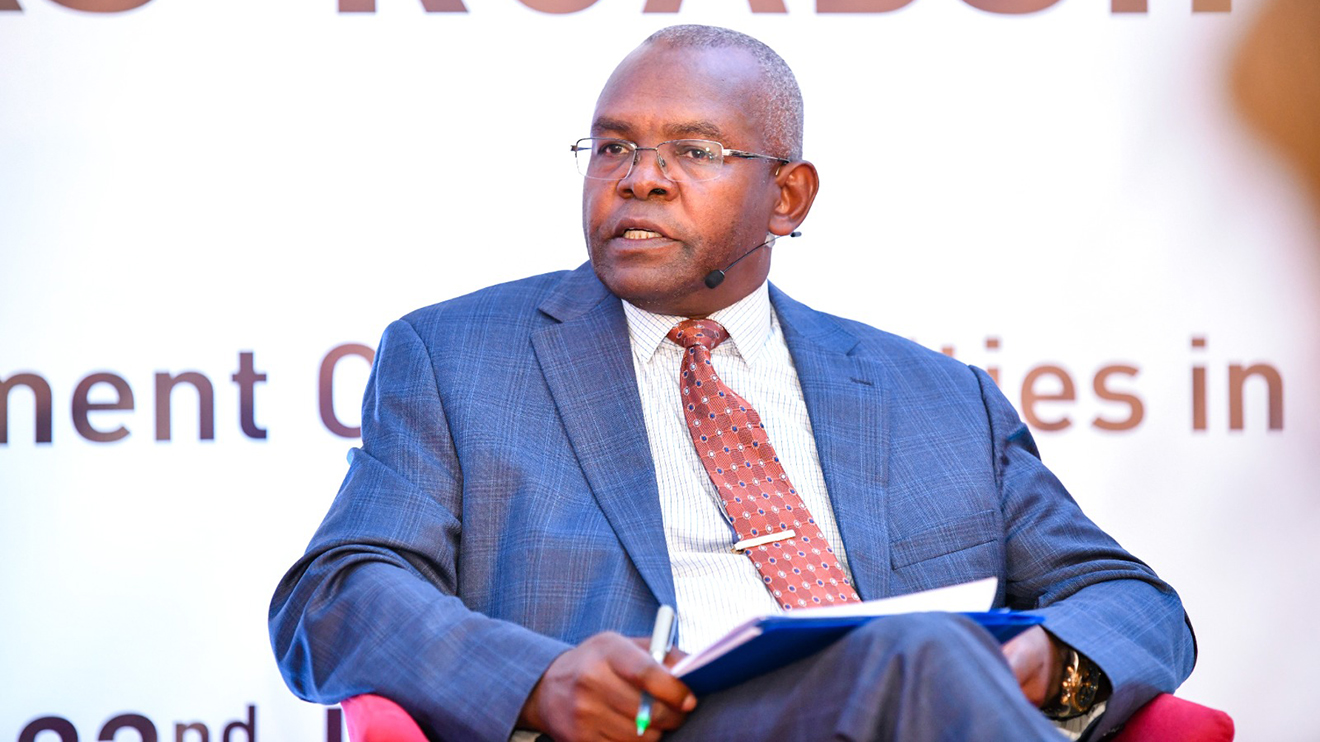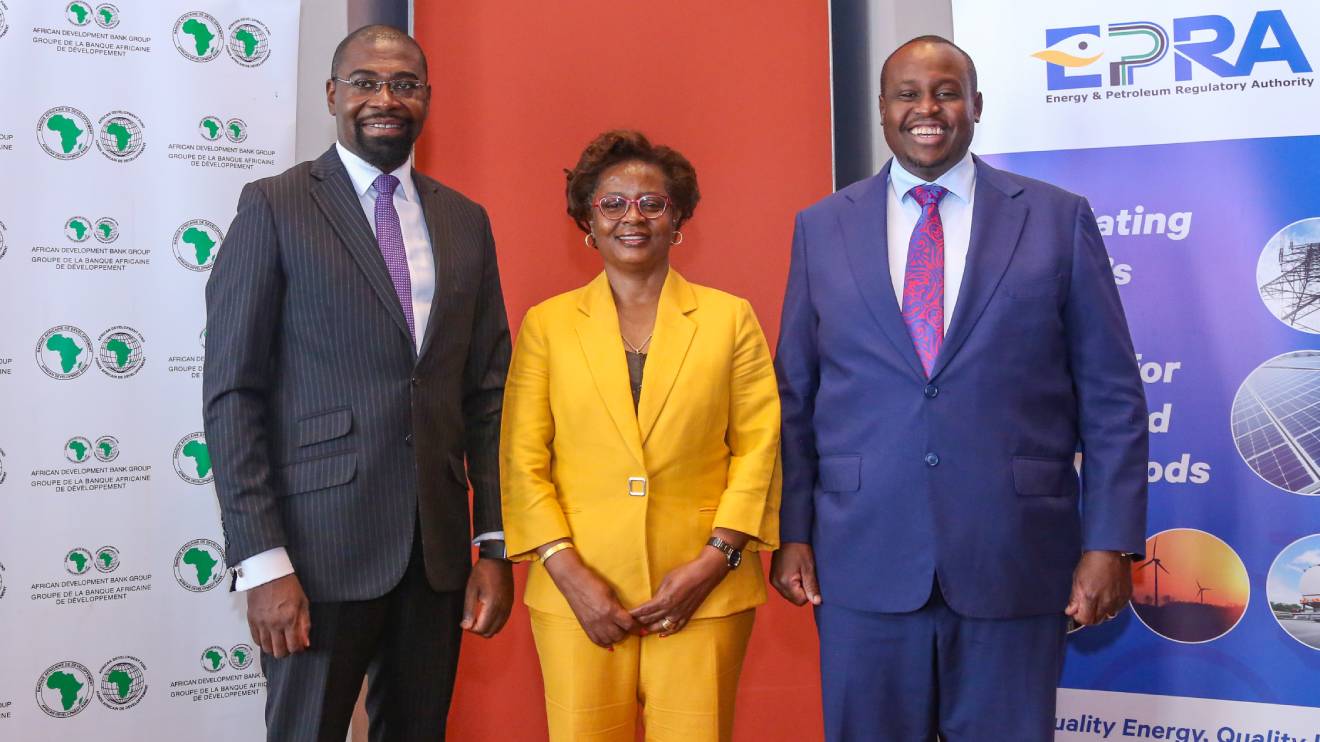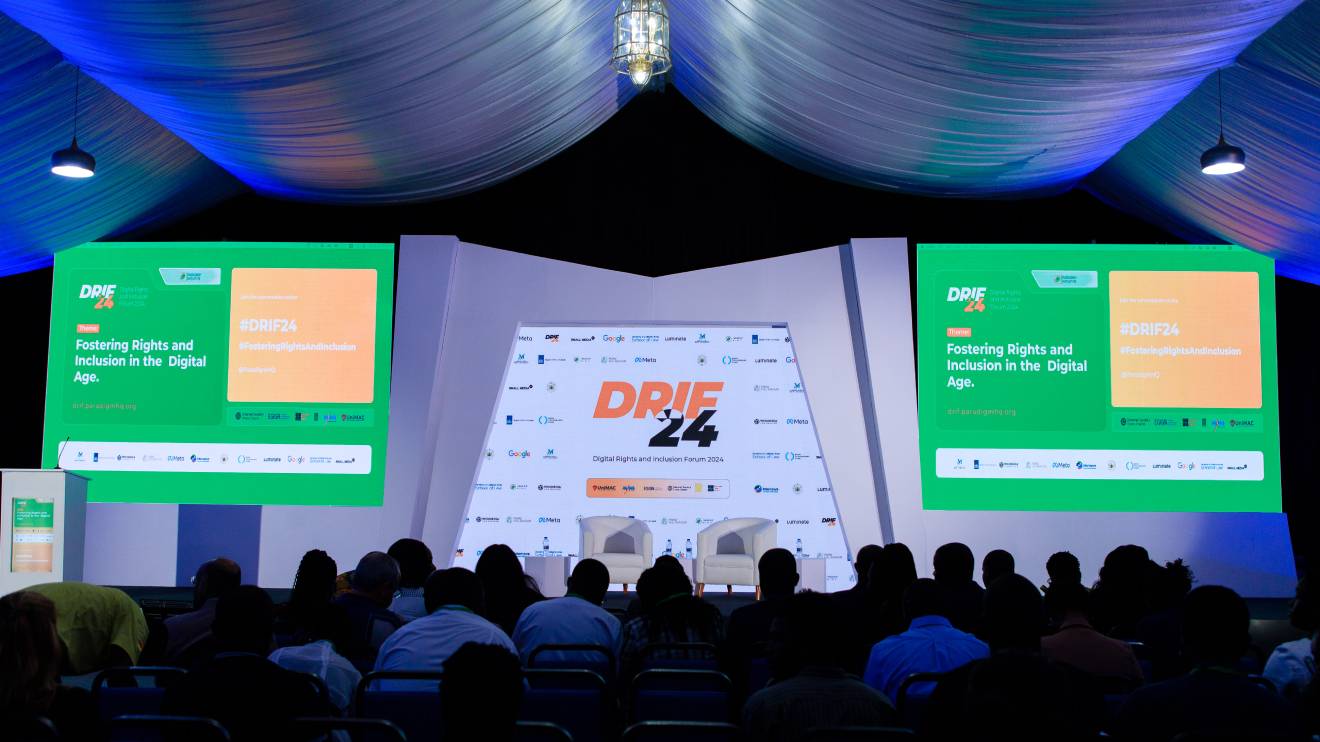Kenyan borrowers are set to benefit from lower interest rates after most commercial banks slashed their lending rates to a four-month low.
This comes as the Central Bank of Kenya (CBK) continues easing its monetary policy, having cut the benchmark rate multiple times in recent months.
Fresh data shows that the average lending rate dropped from 17.22 per cent in November to 16.89 per cent in December.
A total of 23 banks reduced their rates during this period, while 14 opted for an increase. Equity Bank, however, retained its November rates.
At the same time, private sector lending declined by 1.1 per cent in the 12 months leading to November, while the ratio of gross non-performing loans slightly fell to 16.5 per cent in October from 16.7 per cent in August.
Read More
Lending rates vary across banks
Among Kenya’s listed banks, Housing Finance charged the highest interest rate at 20.17 per cent, while Standard Chartered offered the lowest at 15.28 per cent.
Other banks had varying rates, with Absa at 18.95 per cent, NCBA at 18.04 per cent, I&M Bank at 17.86 per cent, Co-operative Bank at 16.90 per cent, KCB at 16.84 per cent, DTB at 16.80 per cent, Equity Group at 16.07 per cent, and Stanbic at 15.36 per cent.
Beyond the listed lenders, Middle East Bank Kenya had the highest loan pricing at 22.00 per cent, followed by Credit Bank at 20.41 per cent, CIB Kenya at 20.20 per cent, and Sidian Bank at 19.95 per cent.
On the opposite end, Access Bank Kenya had the cheapest loans at 11.46 per cent.
Banks announce rate cuts
Several lenders have publicly announced their revised rates. Co-operative Bank informed its customers, “We have reduced our Base Lending Rate from 16.5 per cent to 14.5 per cent per year – effective immediately! The final interest rate will be 14.5 per cent + a small margin (0 per cent to 4 per cent), depending on your credit profile.”
KCB also issued a notice stating, “We wish to advise you that the Bank has reviewed its Base Lending Rate for Kenya Shillings (Sh) denominated facilities from 15.6 per cent to 14.6 per cent per annum (p.a.) effective February 10, 2025 for new facilities and March 10, 2025 for existing facilities.”
Equity Bank explained its position, saying, “This reduction reflects Equity Bank’s commitment to making credit more affordable and accessible, furthering financial inclusion and stimulating economic activity across Kenya. The reduced interest rates will comprise a revised Equity Bank Reference Rate (EBRR) of 14.39 per cent plus a margin (based on specific customer risk profile). This 300 basis points (3 per cent) reduction applies to a wide range of credit products, reflecting the bank's commitment to supporting customers across diverse sectors.”
Moses Nyabanda, Managing Director of Equity Bank Kenya, emphasised the significance of the changes, stating, “We understand the financial pressures facing Kenyans today, and we're committed to doing our part to ease that burden. This rate cut is about more than just lower interest rates; it's about opening doors for Kenyans to invest in their businesses, support their families, and their livelihoods.”
DTB also confirmed adjustments, noting, “In line with recent developments and changes in the Base Rate, DTB is pleased to announce a reduction in its lending rates as follows: Effective 1 January 2025, up to 50 basis points. Effective 15 February 2025, a further 37 basis points. The above reductions apply to Kenya Shilling denominated loans.”
Absa Bank highlighted its consistent rate cuts, saying, “We have been consistently reducing lending rates over the past three months to ease the cost of borrowing for our customers. In January, Absa Bank Rate-linked loans reduced by 3 per cent, from 16.5 per cent to 13.5 per cent, benefiting many loan holders whose facilities are priced off this.”
NCBA Bank also joined in, announcing, “In view of the recent Kenya Central Bank Rate (CBR) downward revision, we wish to inform you that NCBA Bank’s Kenya Shillings Base Lending Rate will reduce from 16.91 per cent p.a. to 15.34 per cent p.a. This reduction takes effect from February 16, 2025.”
The bank clarified that while variable-rate loans and new facilities would reflect the changes, fixed-rate loans would remain unaffected.
CBK urges fairness in rate adjustments
CBK Governor Kamau Thugge has urged commercial banks to swiftly align their lending rates with the benchmark rate cuts.
“When the central bank raised the policy rate, banks were very quick to raise their lending rates,” he remarked in a post-MPC briefing in December.
“All we are asking for is for banks to be fair and act in the same way by reducing interest rates as soon as possible.”
The Kenya Bankers Association noted in December that while lending rates were on a downward trend, reductions would be implemented gradually due to the sector’s reliance on mobilising deposits to fund loans.
Meanwhile, deposit rates have also adjusted, with the average deposit rate slightly decreasing from 10.45 per cent in November to 10.41 per cent in December.
However, savings rates rose from 3.54 per cent to 4.25 per cent over the same period.
CBK’s easing cycle and next policy decision
CBK’s current easing cycle began in August 2024 with a 25-basis-point rate cut, followed by a 75-basis-point reduction, bringing the benchmark rate to 12.00 per cent.
In December, the Monetary Policy Committee (MPC) took an aggressive approach, slashing the rate further to 11.25 per cent.
The next MPC meeting is scheduled for 8th February 2025, where another policy adjustment could be on the cards.





-1739954098.jpeg)





-1739970227.jpeg)